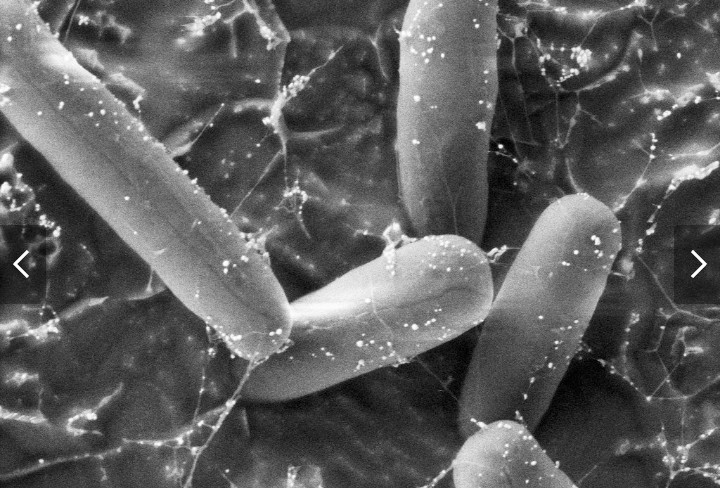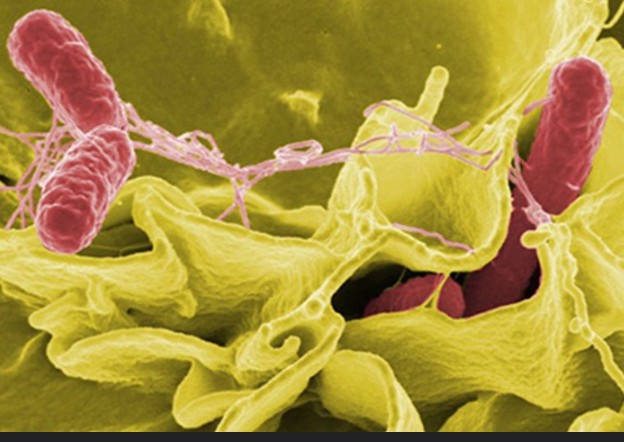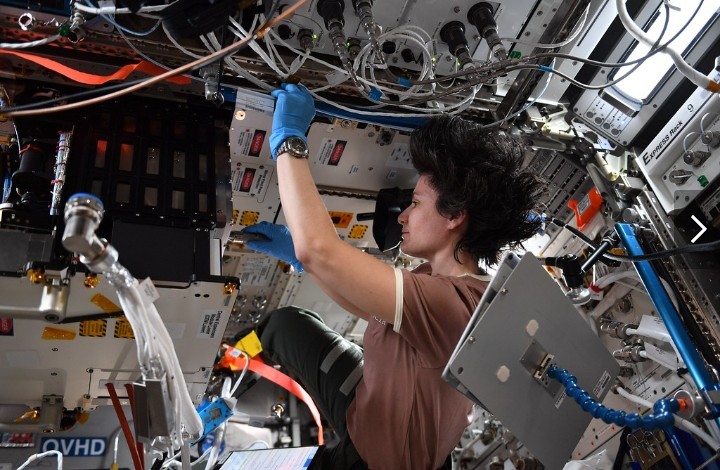Space research on transmissible diseases has been an area of intense focus for several decades. Space agencies such as NASA, the European Space Agency, and the Russian Federal Space Agency have conducted numerous experiments aimed at understanding the behavior of pathogens in microgravity environments. These efforts are driven by the need to protect astronauts from illnesses during long space missions, but they also have the potential to benefit human health on Earth.
Microgravity and infectious diseases
In microgravity, the behavior of microorganisms can be significantly different than on Earth due to the absence of gravity. This change in environment can alter the growth, reproduction, and virulence of infectious agents. For example, research has shown that Salmonella bacteria can become more virulent in microgravity, potentially leading to more severe infections in astronauts.
Furthermore, spaceflight can weaken the immune system, leaving astronauts more susceptible to infection. These risks are a significant concern for prolonged human spaceflight to other planets or asteroids. Space travel exposes astronauts to microgravity, radiation, and stress, which can cause changes in the immune system, potentially affecting their ability to prevent the acquisition of infectious agents or reactivate latent infections.
The microgravity environment also affects the virulence, growth kinetics, and biofilm formation of microbial pathogens, providing ample opportunity for heavy microbial contamination in the confined space of a spacecraft. Additionally, the persistence of aerosolized, microbe-containing particles can lead to further contamination. To mitigate the risk of infection during extended space missions, careful planning is crucial to minimize vulnerabilities and ensure the success of the mission.
Understanding how pathogens behave in space is therefore critical to developing effective prevention and treatment strategies.

Space research on infectious diseases
In recent years, several experiments have been conducted on the International Space Station (ISS) to better understand the behavior of pathogens in microgravity. The modified extracellular environment model suggests that changing the environment leads to a change in bacterial behavior. AsOn on Earth, there are gravity-dependent, forces like sedimentation, buoyancy and convection, etc. Therefore, bacteria behave quite differently in the absence of these gravity-driven, forces.
Dr. Luis Zea and his team at, the University of Colorado, conducted a study called antibiotic effectiveness in the year 2019, in which they compared gene expression data with non-pathogenic strains of Escherichia coli or E.coli bacteria. Which investigated the effects of microgravity on the antibiotic resistance of E. coli bacteria. The researchers found that the bacteria grown in space showed increased resistance to multiple antibiotics compared to this grown on Earth.
Gene expression analysis provided scientists with a new perspective on bacterial behavior. According to the principal investigator Dr. David Claus, If the model validates, it is expected to see peculiar differences in gene expression in bacteria grown in space in comparison to that on Earth.
“The gene expression data gives us a little peek inside the cell, which we have not had before,”
Klaus said.
“It is another layer that we’ve peeled back as we continue to try to figure out how bacteria respond to microgravity.”
Another study conducted in 2020 investigated the effects of microgravity on the virulence of Pseudomonas aeruginosa bacteria, a common cause of hospital-acquired infections. The researchers found that the bacteria grown in space showed increased virulence compared to those grown on Earth, potentially indicating a greater risk of infection in space.
Moreover, researchers have also investigated the behavior of viruses in microgravity. A study conducted in 2020 investigated the stability of the SARS-CoV-2 virus, which causes COVID-19, in simulated microgravity. The researchers found that the virus remained viable for up to 28 days, suggesting that it could remain infectious during long space missions.
Potential benefits for human health
The research conducted on the ISS and other space platforms has the potential to benefit human health on Earth. Understanding how pathogens behave in microgravity could lead to the development of new prevention and treatment strategies for infectious diseases. For instance, the increased virulence of Pseudomonas aeruginosa in space could help researchers better understand how the bacteria causes infections on Earth and lead to the development of new treatments.

However, the development of new diagnostic tools and therapies could be accelerated by the unique capabilities of microgravity research. The lack of gravity can make it easier to produce three-dimensional cultures of cells, which could be used to test new treatments for infectious diseases.
Therefore, space research on infectious diseases is an important area of study that has the potential to benefit human health both in space and on Earth. The unique environment of microgravity provides a valuable platform for studying the behavior of pathogens, which could lead to the development of new prevention and treatment strategies.
Findings have also highlighted the importance of continuing to investigate the effects of spaceflight on infectious diseases so that it could also benefit the prolonged space missions and chances of infectious diseases among astronauts could also be reduced.
However, more research is needed to tackle the virul diseases in people on Earth as well as in space.
References:
- https://www.ncbi.nlm.nih.gov/pmc/articles/PMC8069885/
- https://academic.oup.com/cid/article/56/1/123/419033
- https://www.pnas.org/doi/full/10.1073/pnas.0707155104
- https://www.ncbi.nlm.nih.gov/pmc/articles/PMC7698413/
- https://pubmed.ncbi.nlm.nih.gov/34287031/
- https://pubmed.ncbi.nlm.nih.gov/19150852/
Also read: HOW NASA KEEPS ASTRONAUTS HEALTHY
Syeda Ambreen Zafar is a software engineer. She’s very keen in space sciences amd astronomy. She mostly writes on Space Science, social issues and conspiracy theories. She loves to write fictional stories on horror, mystery and suspense.

